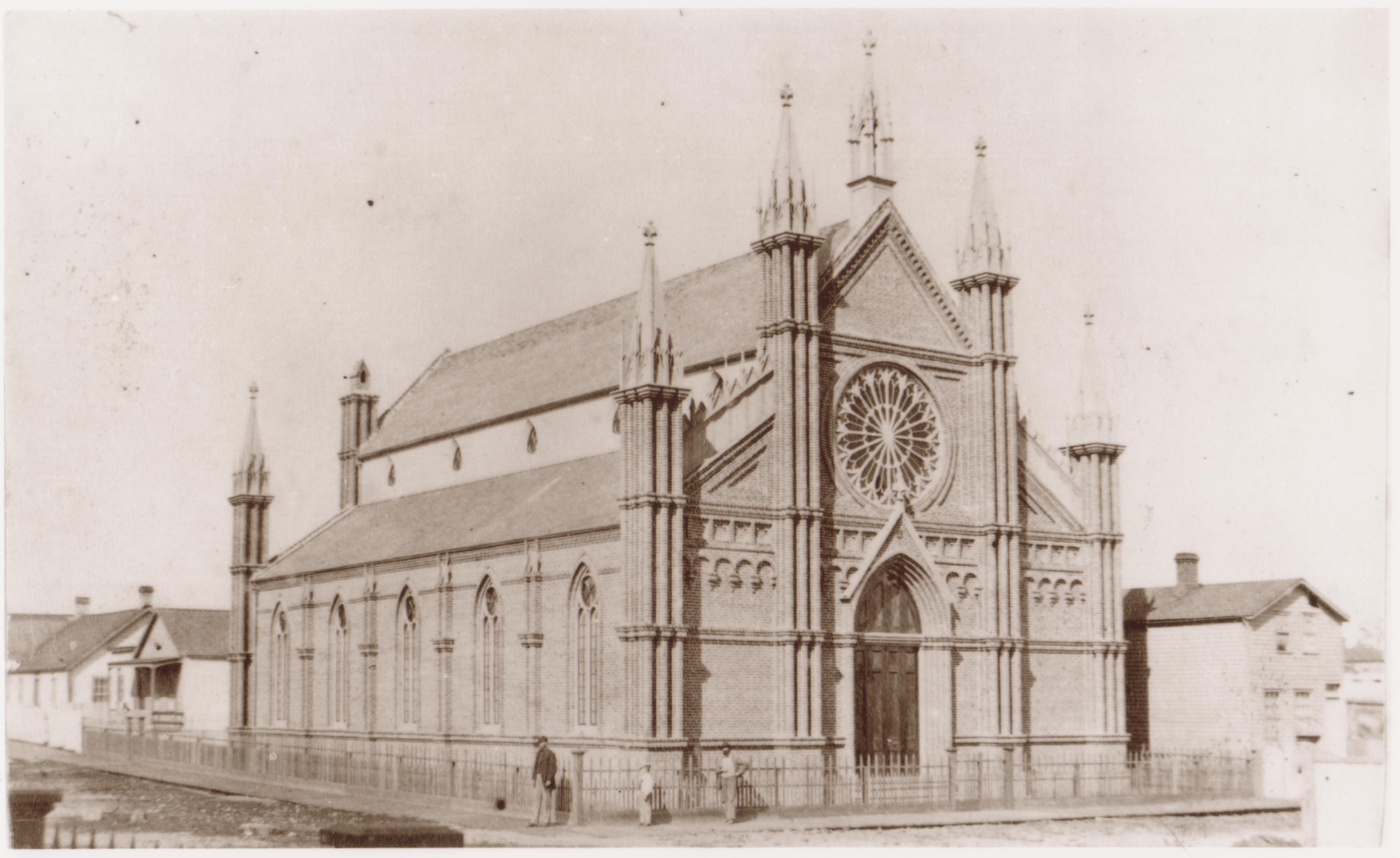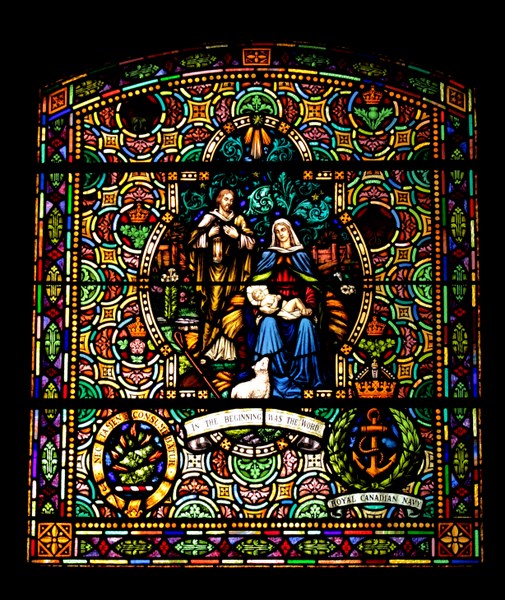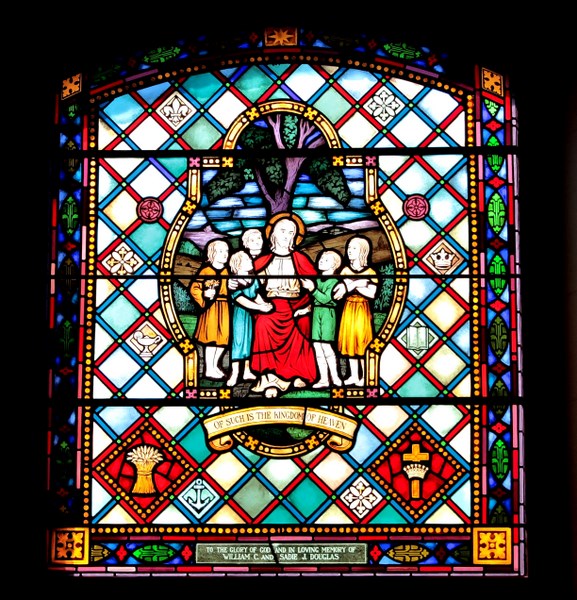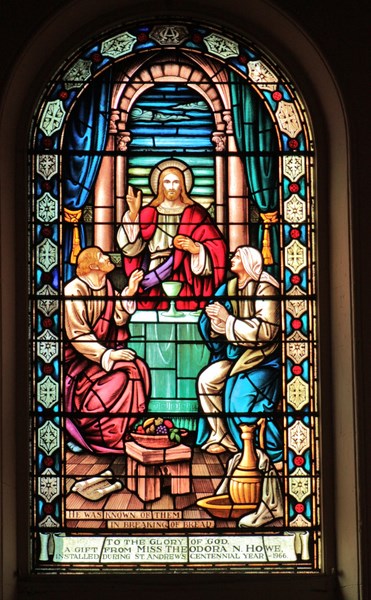Yale, B.C.
"Located at the southern entrance to the spectacular Fraser Canyon, the town of Yale is one of southwestern British Columbia's oldest and most historic communities, having been the bustling steamship navigation capital during the Gold Rush. (Link 1.)
"Founded as a Hudson's Bay fort in 1848, Yale rose to prominence as the inland terminus of the Fraser River sternwheelers and a waystation for those travelling up and down the Fraser River.
"Like many towns in British Columbia, Yale's fortunes followed that of the Gold Rush. In 1858 gold was discovered on a gravel bar just 2 miles south of Yale on the Fraser River. This place was soon known as Hill's Bar named after the prospector who found gold there. The discovery of gold caused a massive influx of people to pour into the region from all over the world, the majority of which came from the California Gold Rush of 1849. At the height of Gold Fever in 1858, this town boasted 20,000 residents.
"During the period of railway construction in the 1880's Yale became the main supply centre for all the work in the Cascade Division of British Columbia. The railway that now passes right through the middle of Yale in front of the museum and church is the Canadian Pacific Railway.
"Today the residents of Yale number only 200. Though the gold ran out, Yale continued prospering, as it still does today as a forestry and service centre."(See Link 4.)
Front of Church
Original 1863 Building Plans (Link 3.)
Original 1863 Building Plans (Link 3.)
"St. John the Divine Anglican Church in Yale, BC. built in 1863 is one of the oldest churches in the province. Much of the church is still original, including the bell tower steeple and the pews. The Church was associated with the All Hallows Anglican girls school, which operated in Yale from 1884 to 1920. The Church is now de-sanctified and designated as a Provincial Heritage Site.
An exhibition entitled "Enduring Threads" was prepared by Jennifer Iredale in 2003. It included handmade liturgical textiles from St. John the Divine Church dating back to the time of its origins in the 1860s. The catalogue is available from the Yale Museum." (See Link 1.)
Interior of Church
Original 1863 Building Plans (Link 3.)
Original 1863 Building Plans (Link 3.)
Side and Interior of Church
Original 1863 Building Plans (Link 3.)
Original 1863 Building Plans (Link 3.)
Back and Interior of Church
Original 1863 Building Plans (Link 3.)
Original 1863 Building Plans (Link 3.)
For more on original site and architectural plans and details see Link 3.
Photo: Taken in Yale, B.C. in 2005 by SW.
Link1:http://www.maltwood.uvic.ca/cura/projects/liturgical_textiles/home.html
Link2:http://www.thefreelibrary.com/Housekeeping+task+turns+up+treasures.-a0112244682
Link 3:http://www.bcheritage.ca/yale/tour/drstjhn.htm
Link 4: http://www.vancouverisland.com/regions/towns/?townID=3380
Prayer
God, be with the persecuted Christians through out the world. Amen





















